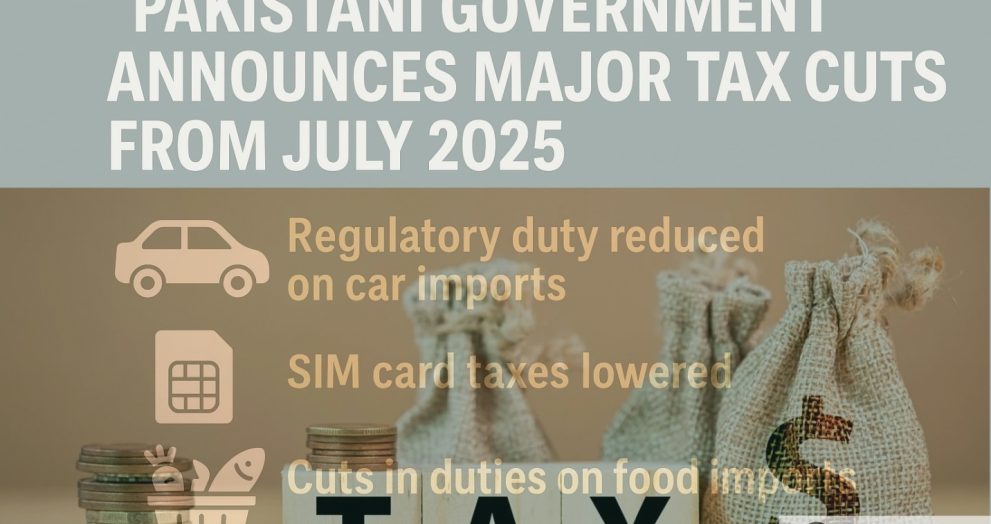-
Daily Headlines / 1 month
- 0
- 3 min read
The Pakistan Stock Exchange (PSX) started the new fiscal year on an impressive note, posting robust weekly gains as investors responded positively to improving macroeconomic conditionsThe benchmark KSE-100 index closed at a record high of 131,949.06 points, up 6.1 percent from the previous week. This remarkable rally reflects growing confidence among market participants driven by a combination of policy reforms, shifting investment patterns, and stabilization in key economic indicators. What Drove the Weekly Gains at PSX? The weekly gains on the Pakistan Stock Exchange were largely fueled by strong institutional buying, supported by a strategic shift of funds away from fixed-income instruments into equities. Following the implementation of the Finance Act 2025-26, which increased withholding tax on returns from savings and fixed deposits to 20%, investors found equity investments more attractive due to their comparatively lower tax rate of 15%. Topline Securities Ltd highlighted this liquidity dynamic as a key reason behind the surge, explaining that falling yields on fixed-income options pushed investors to seek better returns through the stock market. The KSE-100 index added 7,570 points over the week, climbing from the previous close of 125,627.31 to close near the 132,000 mark. Trading activity surged as average daily volumes increased by 31.4% to 967 million shares, while the average daily traded value jumped 33% to Rs41.5 billion. In dollar terms, daily turnover reached $145.7 million, marking a 31.9% rise week-on-week. These figures indicate a high level of market participation and liquidity, essential components for sustaining a bullish trend. Macroeconomic Factors Bolstering Investor Confidence Besides the tax policy changes, several macroeconomic indicators contributed to the positive sentiment at PSX. Inflation showed signs of easing, dropping to 3.2% in June from 3.5% in May, easing concerns about cost pressures and supporting purchasing power. In the meantime, Pakistan’s trade deficit decreased to $2.3 billion in June, a 3% annual and 9% monthly decrease. Investors have been comforted about the nation’s economic direction by the short-term gains, even though the full-year trade deficit for FY25 was $26.3 billion, which was 9% higher than FY24. Stabilizing inflation and a narrowing trade gap signal improving economic fundamentals, which typically encourage capital inflows into equities. These macroeconomic trends are essential to the stock market’s weekly gains, as investors tend to favor markets with predictable, stable economic environments. Why These Weekly Gains Matter to Investors and the Economy The stellar weekly gains on the Pakistan Stock Exchange highlight increased investor confidence in Pakistan’s financial markets and macroeconomic outlook. For investors, these gains suggest that equities offer an attractive opportunity for capital growth in the current fiscal year, especially as yields in fixed income decline and tax reforms favor equity investments. For the broader economy, a rising stock market can contribute to capital formation, encouraging companies to raise funds for expansion and innovation. Additionally, a buoyant equity market reflects trust in economic policies and stability, which can attract foreign direct investment and improve the country’s global financial standing. Wrapping Up: What to Expect Going Forward While the recent weekly gains at the Pakistan Stock Exchange are encouraging, investors should monitor ongoing macroeconomic developments, including inflation trends and trade balances, which could influence market performance. Questions about the sustainability of these gains often arise, but the current convergence of favorable tax policies and improving economic data suggests a promising outlook. The Pakistan Stock Exchange’s recent rally is a strong sign of market resilience and investor optimism, supported by stable macroeconomic fundamentals and smart policy adjustments. Market participants looking for growth opportunities should consider these dynamics when planning their portfolios for FY26.













